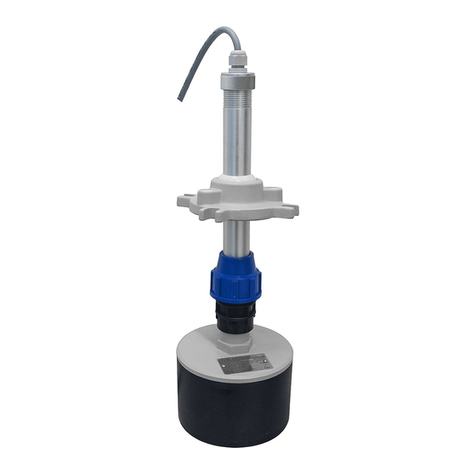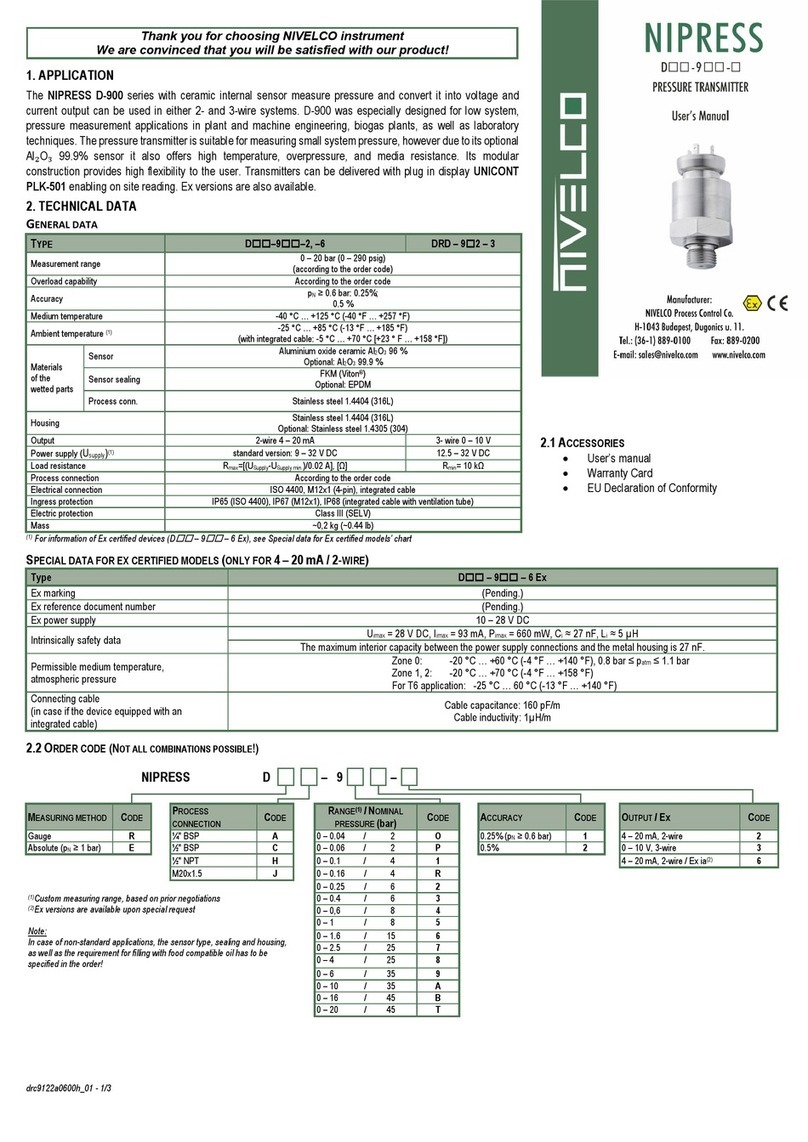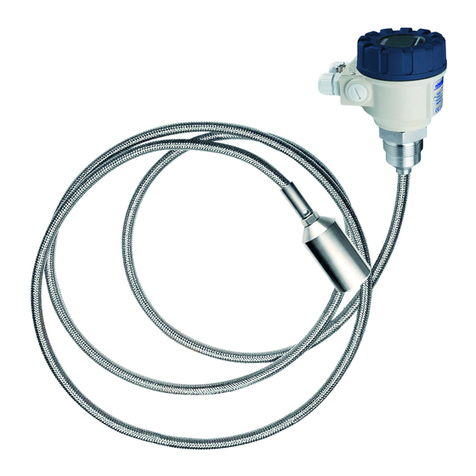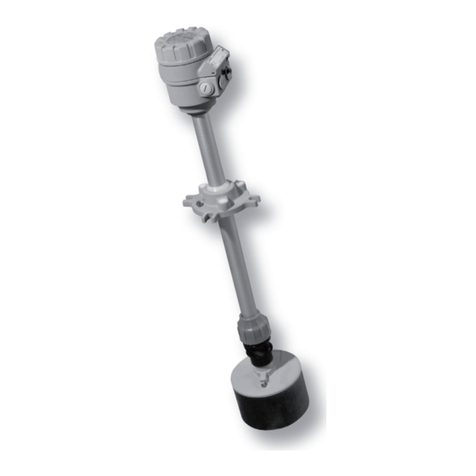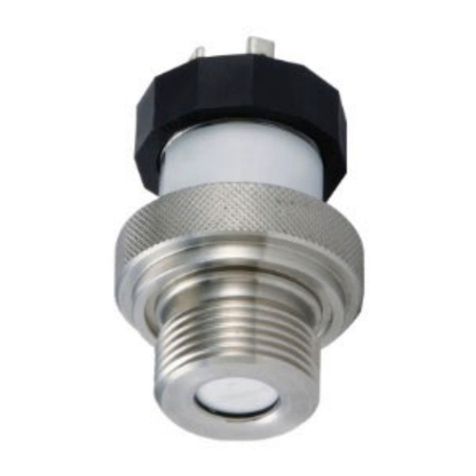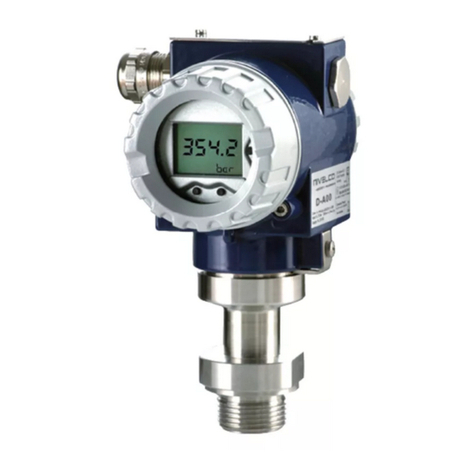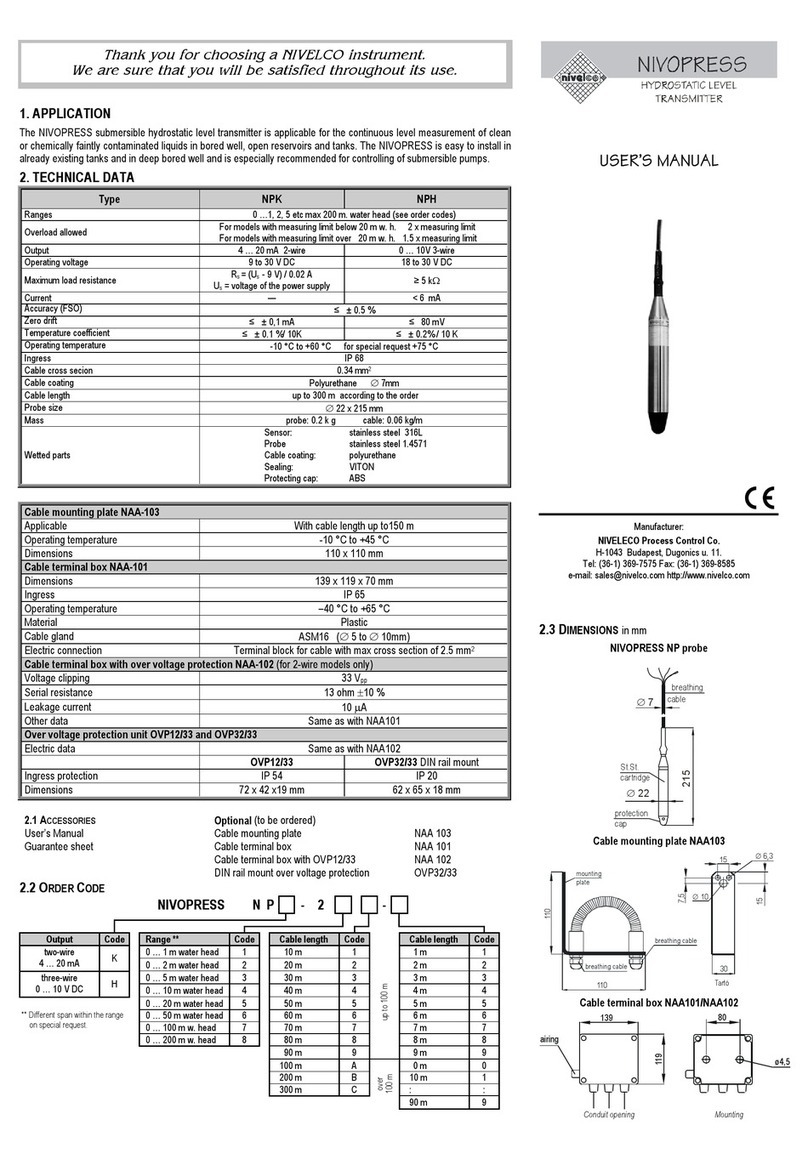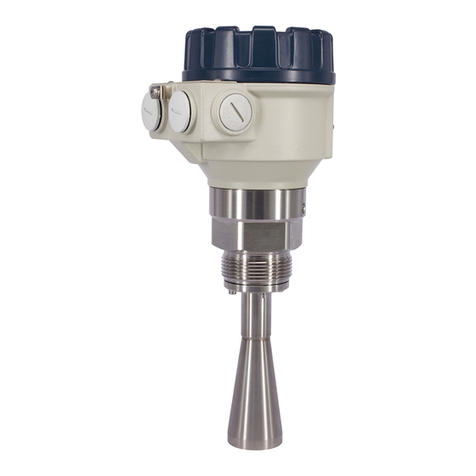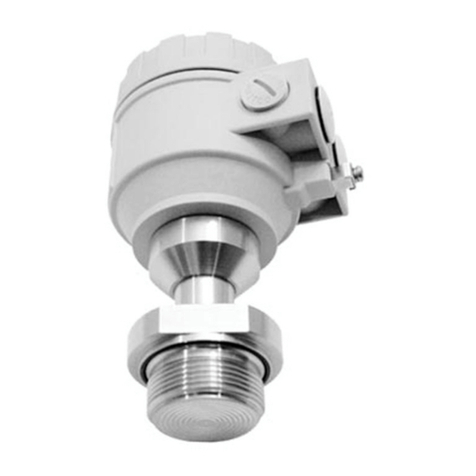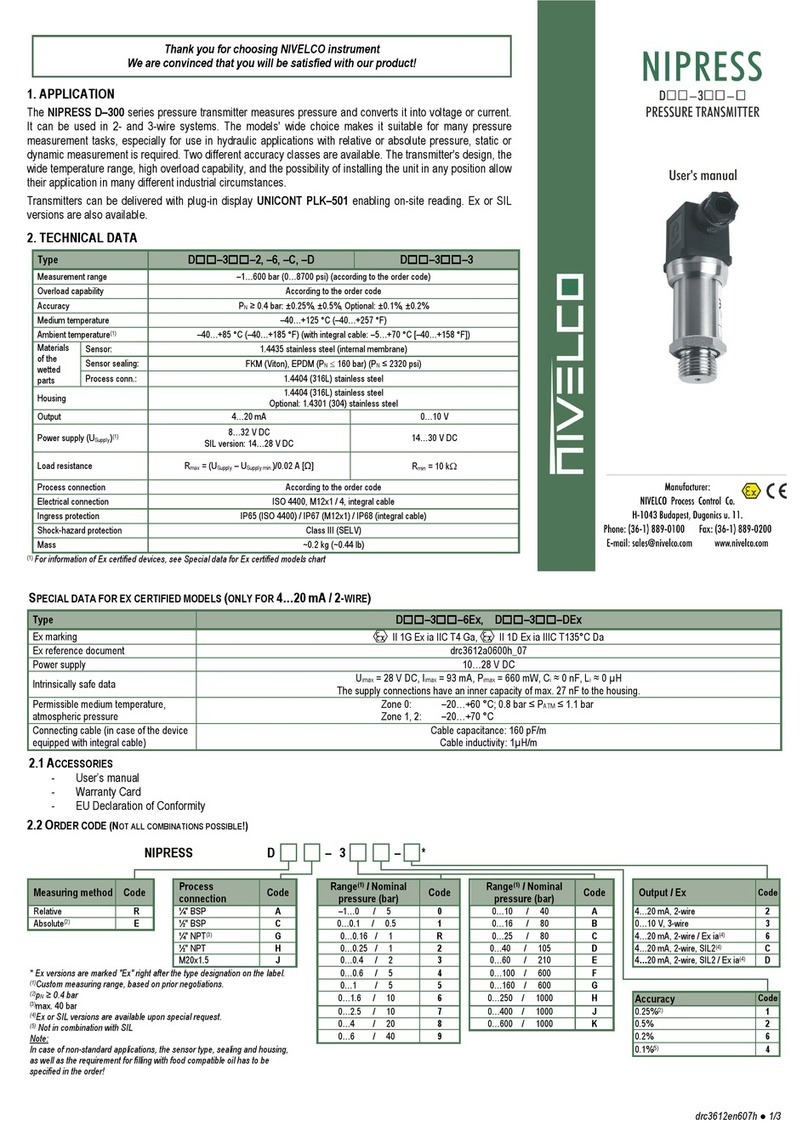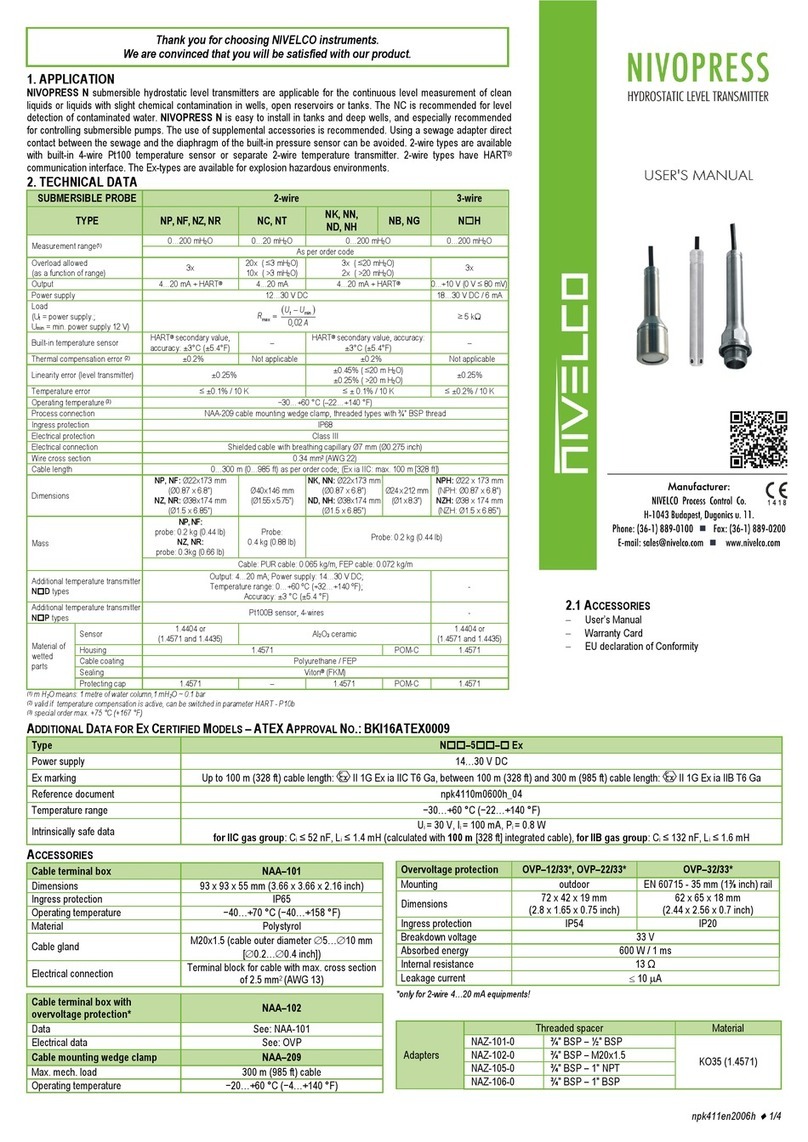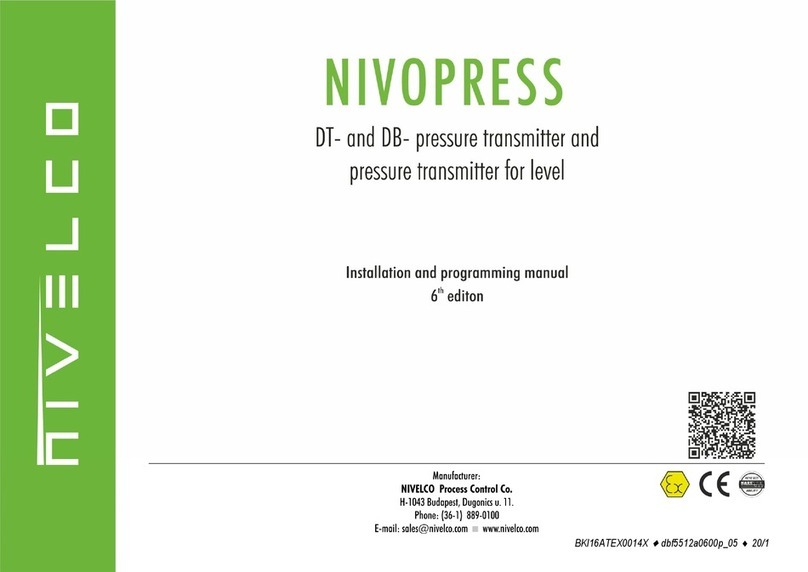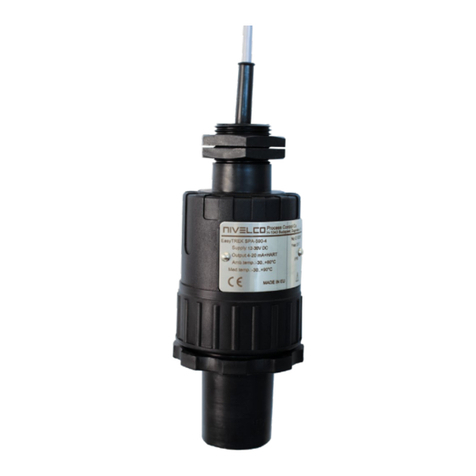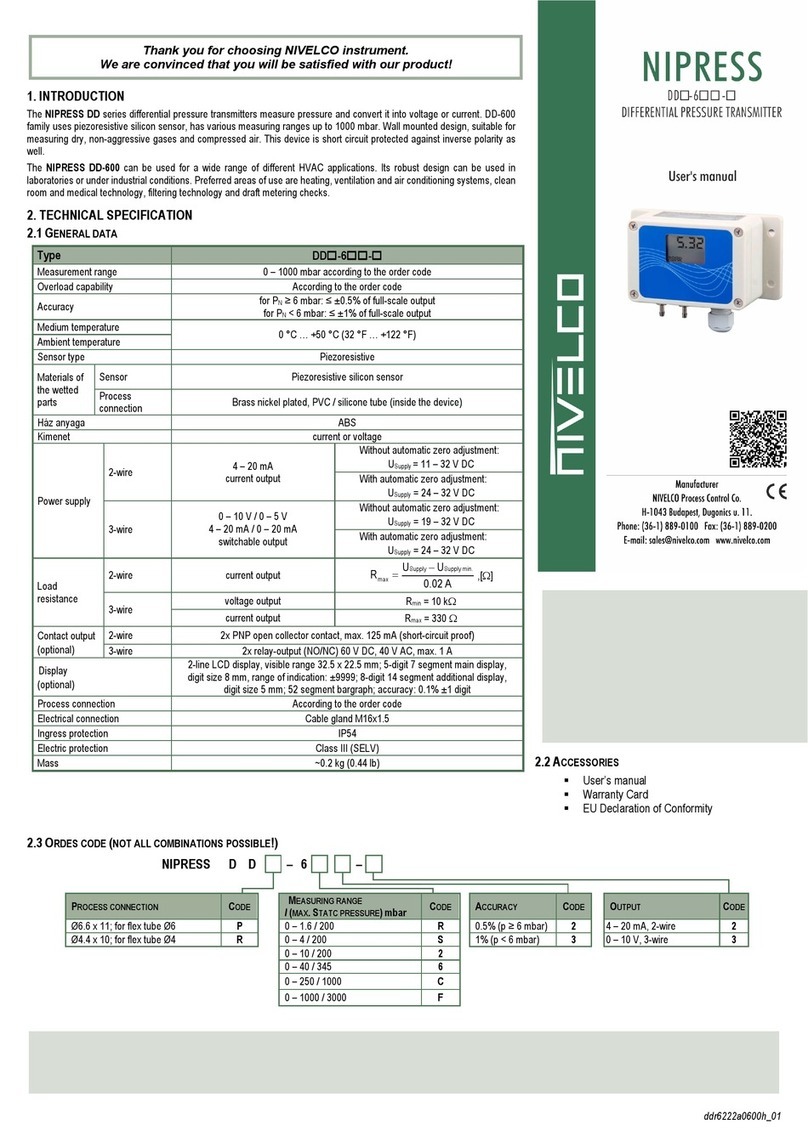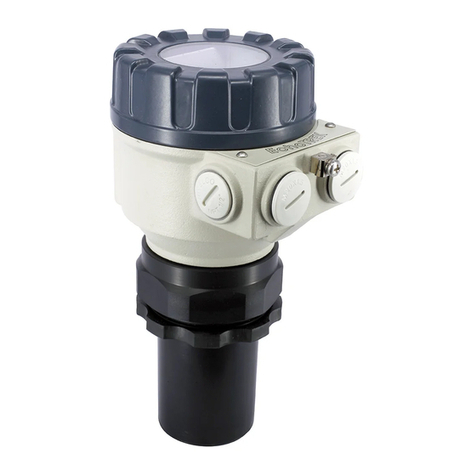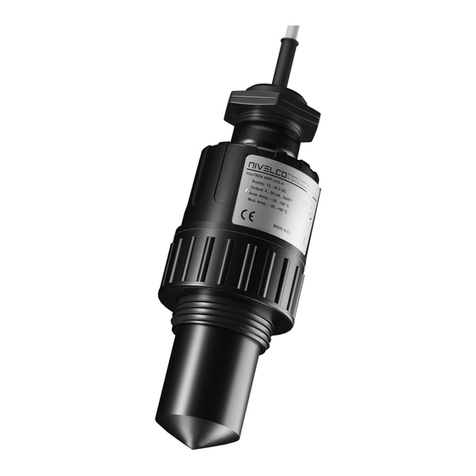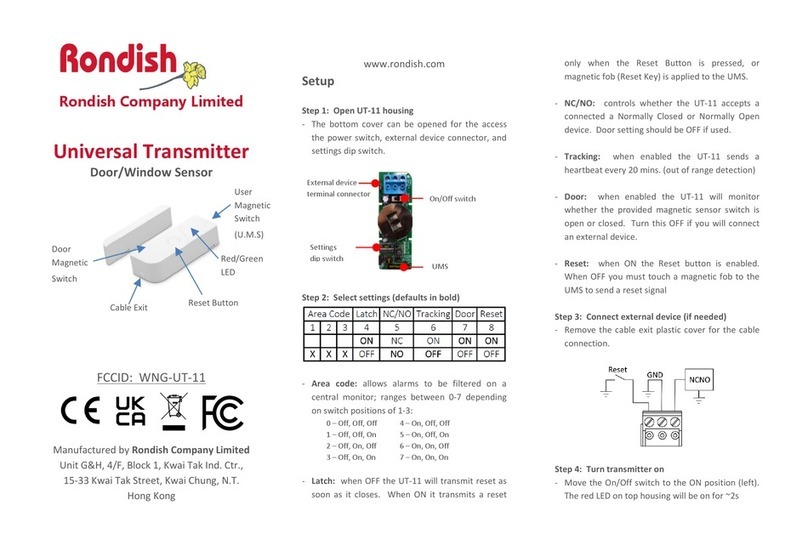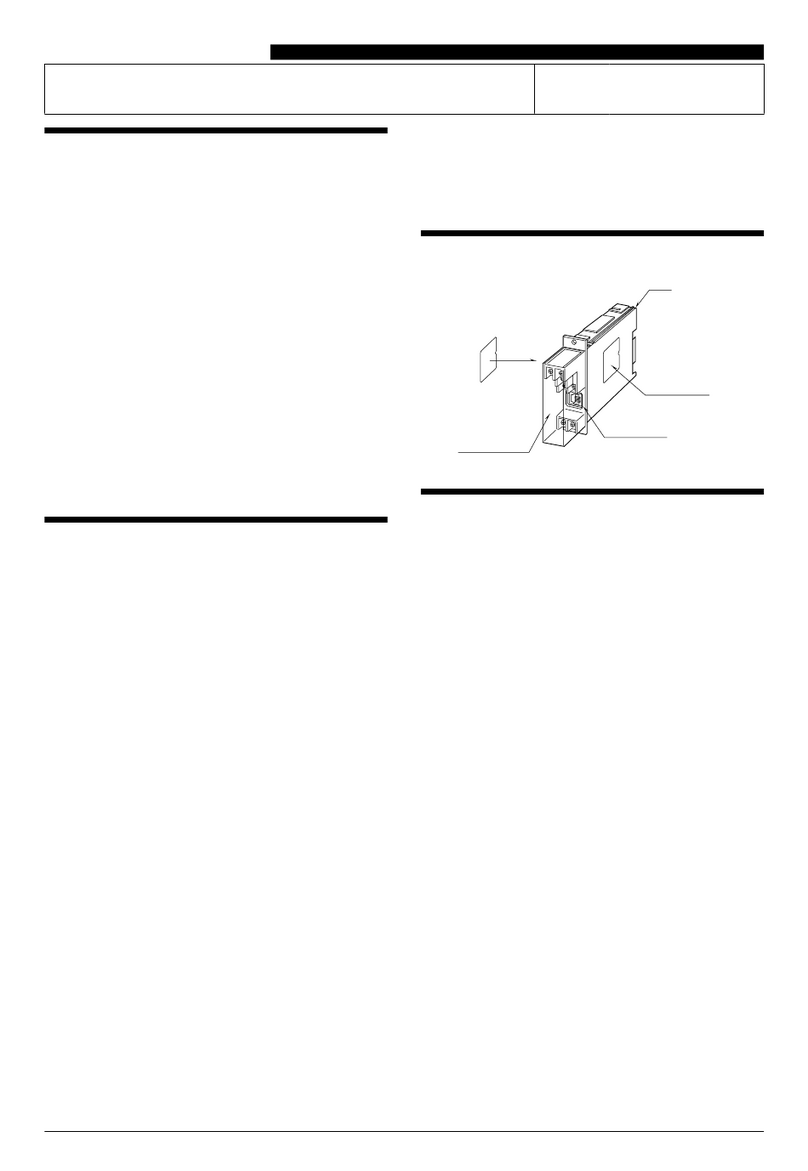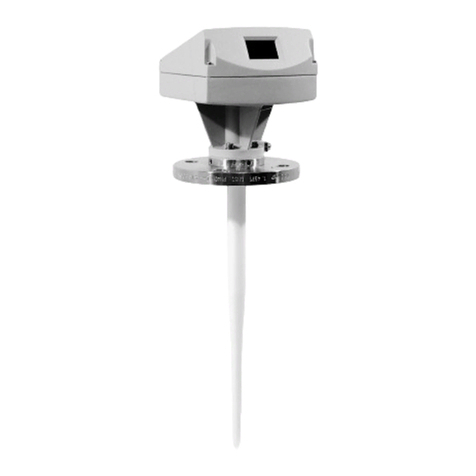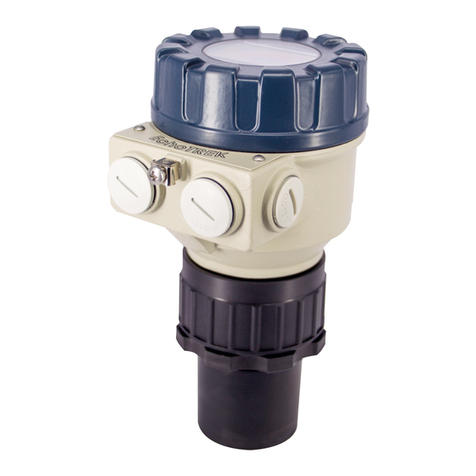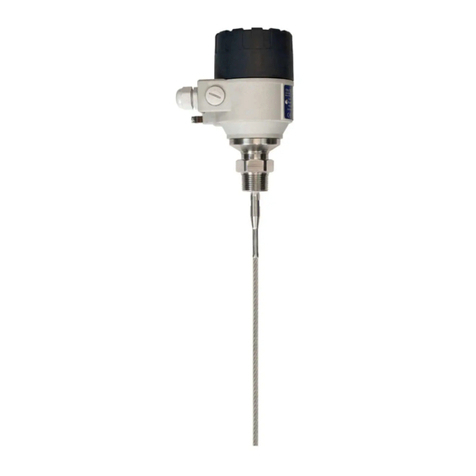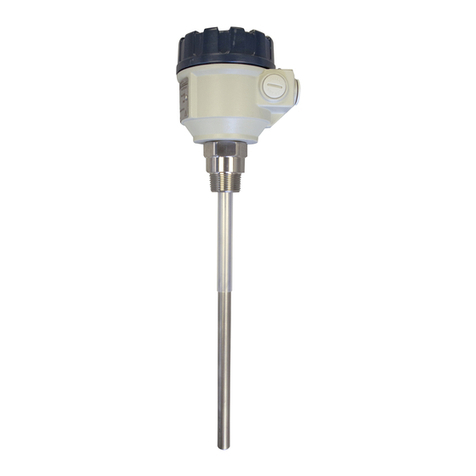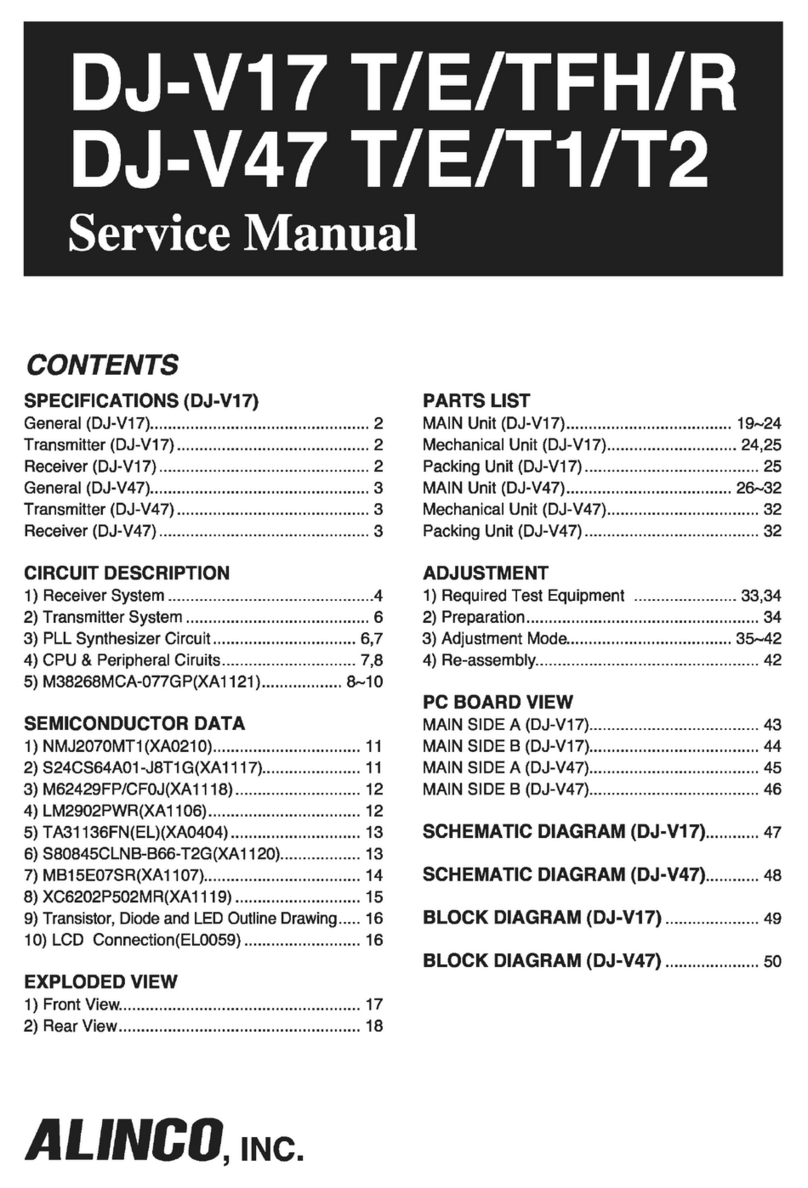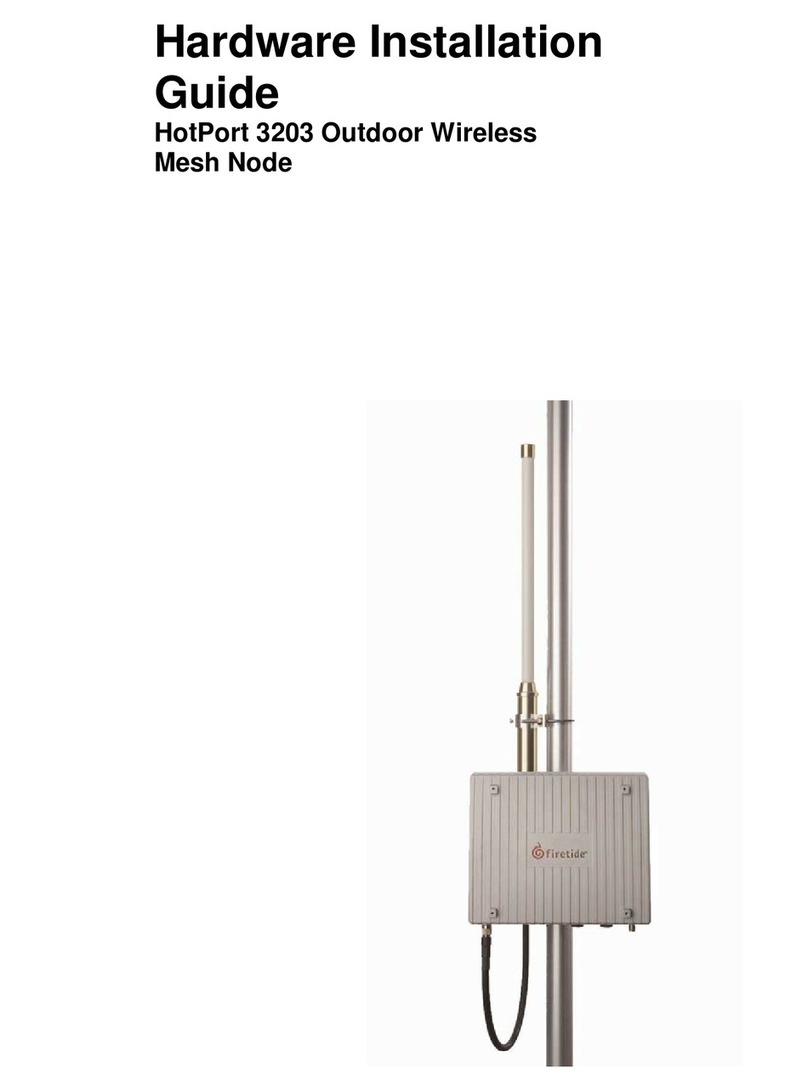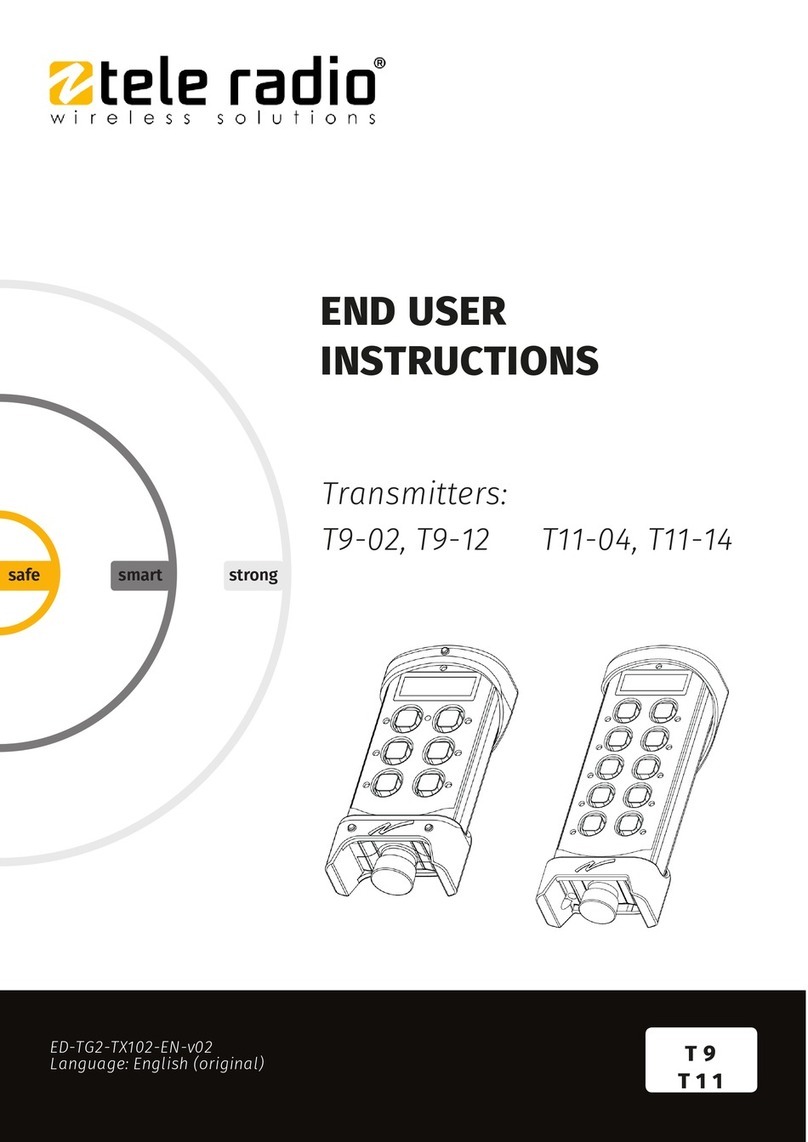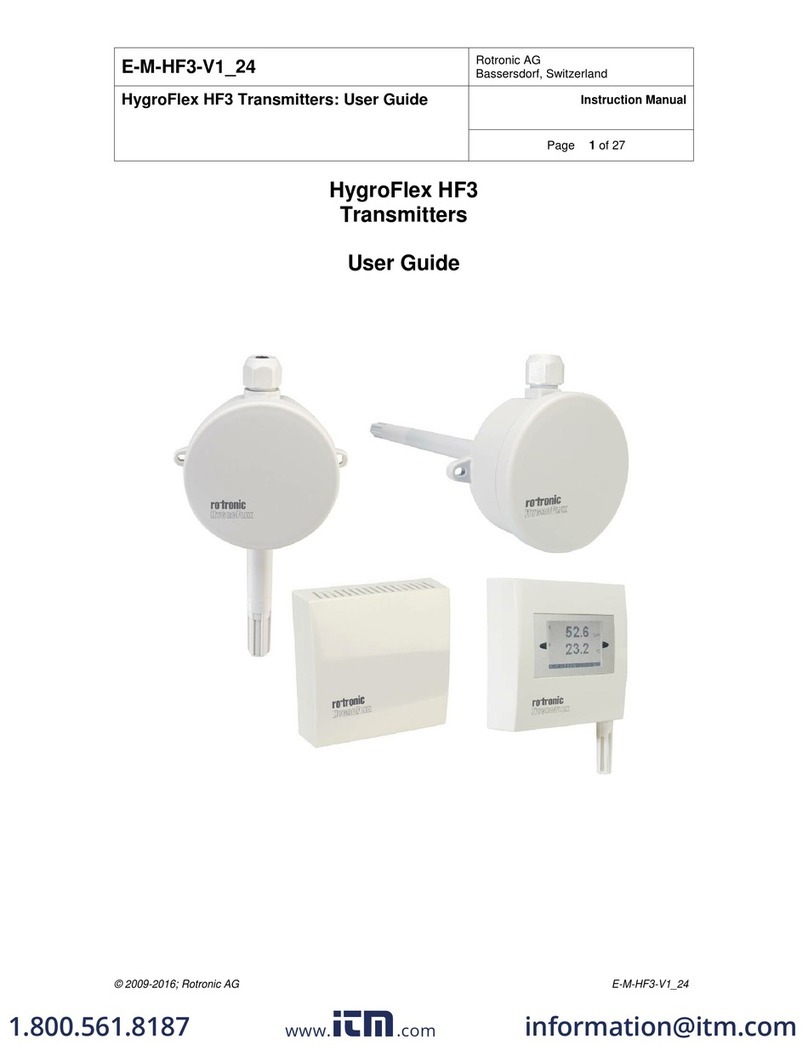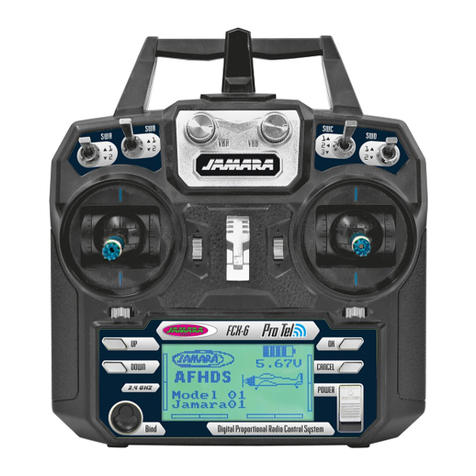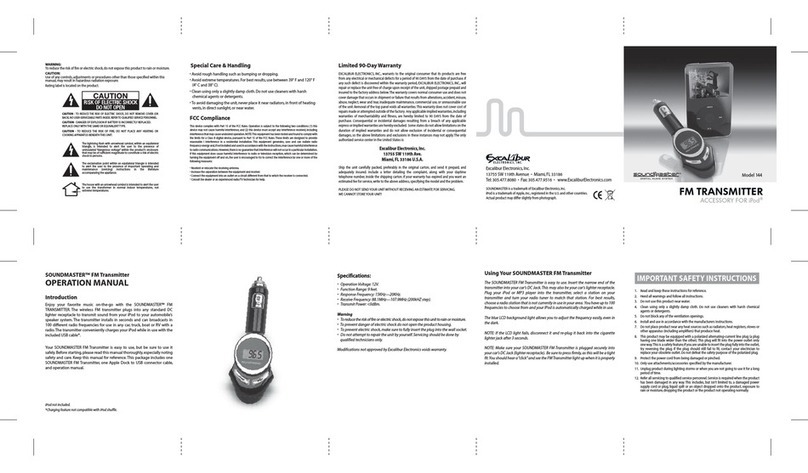
drc5022a0600h_01 - 3/3
Connection of iso 4400 plug
Connection of M12x1 / 4 pin plug
4.1 EXAMPLES OF ARRANGEMENTS
Wiring of 2-wire pressure transmitters
Wiring of 3-wire pressure transmitters
Wiring of 2-wire Ex ia pressure transmitters
5. SPECIAL CONDITIONS OF SAFE USE
• Before turning on the device, make sure the installation is complete, with no effects
visible. The device may only be used within the limitations specified in the
technical specifications.
• Protection against electrostatic charge:
• The devices may partially contain static charging capable plastic components.
The presence of electrostatic charges may cause a risk of spark generation and
ignition and therefore electrostatic charges must be completely prevented!
-Use a shielded cable!
-Avoid friction on plastic surfaces!
-Do not clean the device dry! For example, use a wet duster!
• The electrical connection of the device must be carried out in a way that the IP20
ingress protection is always ensured!
• Ex ia certified transmitters may only be operated in certified and approved
galvanically isolated intrinsically safe Ex ia circuits complying with the technical
data and the device’s explosion protection marking.
• The heat resistance attribute of the cable insulation must comply with the
permissible ambient temperature at the place of installation!
• The metal housing of the device must be connected to the EP (equipotential)
network!
6. TROUBLESHOOTING
Fault Possible causes Fault detection / remedy
No output signal:
The Connection is improper. Check the connections!
Broken conductor/wire. Check all wires with cable tester!
Defective measuring device
(signal input).
Check the ampere meter (and its
fuse) and the analogue input of
the signal processing unit!
Analog output signal too
low:
Load resistance too high. Check the value of the load
resistance!
Defective energy supply. Check the power supply and
power / current on the transducer
/ transmitter!
Slight shift of the output
signal:
The diaphragm of the
sensor is severely
contaminated.
Cleaning with non-aggressive
cleaning solutions, soft brush or
sponge.
The diaphragm of the
sensor is calcified or
crusted.
It is recommended to clean the
device carefully to ensure all the
dirt is completely removed.
Large shift of the output
signal:
The diaphragm of the
sensor is damaged (caused
by overpressure or
mechanically).
Check the diaphragm of the
sensor, if it is damaged send the
device back to the manufacturer!
7. MAINTENANCE AND REPAIR
The instrument does not require regular maintenance. The repair should only be
carried out at NIVELCO's premises.
When disconnecting the device, it must always be done in depressurized and
disconnected state! Drain the medium before disconnecting the device.
If necessary, clean the diaphragm carefully with non-aggressive cleaning solution,
soft paint-brush or sponge. Improper cleaning may cause the irreparable damage of
the diaphragm. For this reason, never use sharp objects or pressurized air for
cleaning the diaphragm.
Before returning your device for repair, it has to be cleaned carefully,
neutralize/decontaminate the parts wet from the medium might contain harmful
substances. Our appropriate form (Returned Equipment Handling Form) must be
enclosed after downloaded from our homepage www.nivelco.com. You should
dispatch the device with a declaration of decontamination. In the declaration, you
have to provide a statement that the decontamination process is completed, and,
the device is clean and free from harmful material and there is no hazardous
substance on it.
8. STORAGE CONDITIONS
Storage temperature(1): -40 °C ... +100 °C (-40 °F … +212 °F)
(1) Minimal permissible temperature for PVDF process connection -30 °C (-22 °F)
drc5022a0600h_01
January 2020
NIVELCO reserves the right to change technical data without notice!
